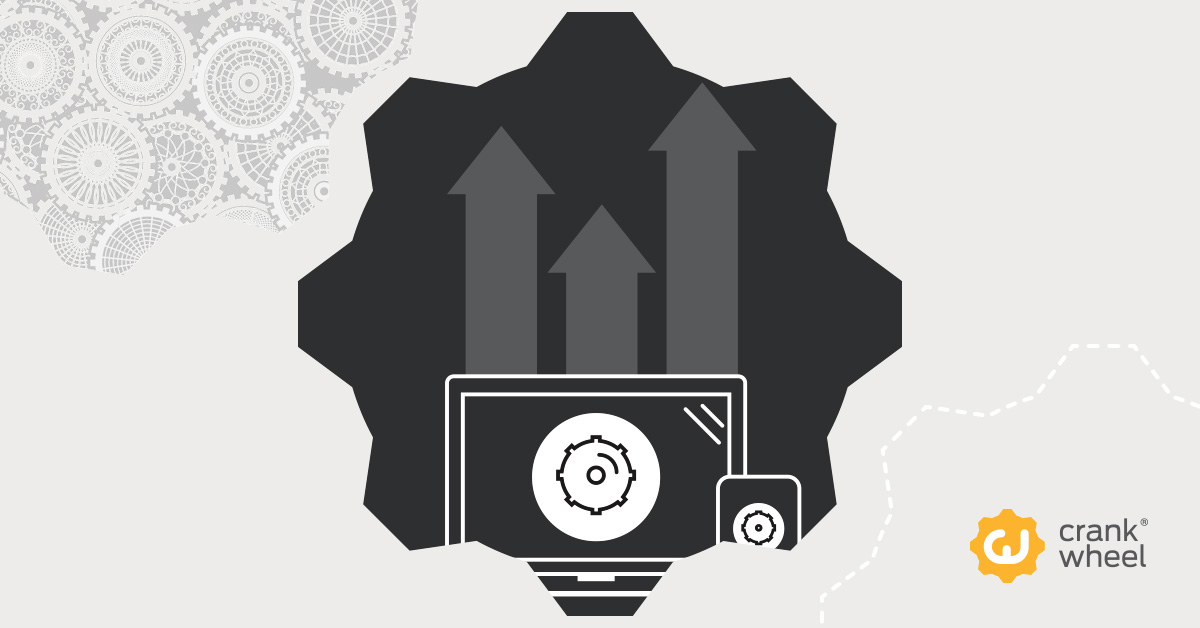Software Sales: Winning More Clients With Demos
Potential clients want to see how your software can do what you claim. Product demos are an effective and popular way to give prospects a tour, wherever they are in the world.
Demos aren’t suitable for every software product. Some solutions are either too simple, too cheap, or too complex and too expensive.
Relatively inexpensive and simple software - such as Basecamp or Grammarly - win customers without demos. Instead, they are designed to demonstrate value using the Freemium and/or Free Trial approach (some use both), with browser plugins, apps and cloud solutions that new users can understand and start using fairly quickly.
Whereas, more expensive software that needs extensive customisation usually involves the traditional pitching process, with companies deploying case studies and examples instead of demos and free trials.
Demos, on the other hand, are ideal for companies aiming at the small and medium enterprise market. This is normally when software costs a few hundred to a thousand or more every month, usually when there is more than one person involved in the deal at each end, with a demo acting as the gateway to a Free Trial or tailored proposal.
How to Increase Conversions From Demos

How you measure the success of a demo depends on the next stage in the sales cycle. After a demo, do you want them to start a Free Trial? Or do you need to send a pitch, hoping they say yes and start paying straight away?
When it comes to demos, success is measured according to your market, sales goals, process and price point. Either way, you are aiming for a result - a conversion - from this conversation. Here are a few ways you can increase your conversion rates from demos:
1: Act Fast
Traditional demos involve scheduling a time, confirming that day/time and then making sure your prospect is on the call. As we all know, that doesn’t always happen. More often than not, you are chasing to reschedule, or waiting for someone who’s late making the call.
Instant Demos are an effective and efficient alternative to the game of endless chasing, scheduling and rescheduling. Not every prospect is going to have the time for an Instant Demos, but for those with a quiet 20 to 30 minutes (everyone has some time to spare in their day), you can showcase your software quickly and massively increase the chance of converting a prospect.

2: Be Prepared
Whether your demos are instant or scheduled, you need to be ready. Have a plan and format. Don’t take the robotic sales-script approach. Be human - start the demo getting to know your prospect - and then move into an agenda.
Let them know what is involved in the demo, what they can expect from the journey; it makes people less nervous about what they are getting themselves into and how much time it will take.
3: Ask Questions
Questions are fundamental to the sales process. You need to know the prospect’s goals, plans, challenges and timeline (GPCT), which can only come from asking the right questions. Use previous demos, review mistakes and successes. Demonstrate how your software solves problems, helps a prospect achieve their goals and plans within a timescale that work for them.
You may not be able to do this in one call, but if you can get the information from a demo then you can follow up with a proposal, or give them access to a free trial.
Don’t just ask questions, answer them too. Showcase the company’s background. Establish social validation: Give them examples of similar companies, or businesses in their sector, that are already using and benefiting from your product. And, of course, include all of that in follow-up emails, links to case studies and sales pitches/material.
Demos are a wonderful opportunity to sell the benefits of your software to a new potential client. Now is your chance to show them that you have the right solution for their needs, challenges and aims.
